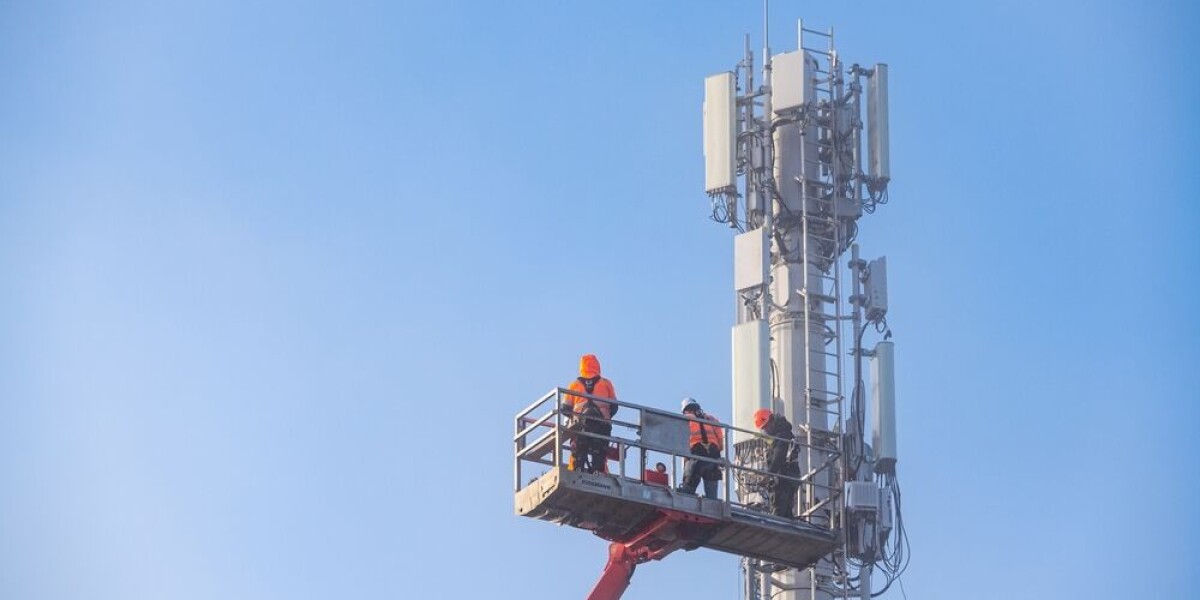
Village near nice fights ‘wild west’ spread of 5g internet masts
- Select a language for the TTS:
- UK English Female
- UK English Male
- US English Female
- US English Male
- Australian Female
- Australian Male
- Language selected: (auto detect) - EN
Play all audios:

‘OWNER OF THE LAND NEXT TO US WAS OFFERED €1,000 A MONTH TO SITE A MAST,” SAYS LOCAL MAN DO YOU RECEIVE THE CONNEXION'S FREE WEEKDAY NEWSLETTER? Sign up here AN ARCHITECT is campaigning
against what he calls a ‘Wild West’ of phone mast installations after learning of plans to build one five metres from his bedroom window. Patrick Giraud, who lives in the hills above Nice,
has been fighting for a year to stop the 5G mast going ahead. He has so far succeeded, with the support of neighbours and local and national politicians. Planning work on the site was halted
after the mayor of his commune of Saint-André-de-la-Roche (Alpes-Maritimes) used his municipal police powers. However, it is unclear if the operator, Free, has to obey this. Several
official websites say that a mayor’s police powers do not extend to banning masts. Mr Giraud said: “Telecom operators can install masts anywhere, as long as they are not higher than 12m and
they do not take up more than 5m2 on the ground. They do not even have to own the land – the owner of the land next to us was offered €1,000 a month for the mast.” A rule that there are no
planning formalities required - neither prior declaration nor permission - for these smaller masts was confirmed by the Conseil d’Etat in March. An exception is made for protected areas,
such as near to historic monuments. However, most mast installations require authorisation from radio frequency body ANFR to check it will not interfere with other signals and to ensure
safe levels of exposure to electromagnetic fields. What angers Mr Giraud especially is that, he says, just 500m away, there is another mast shared by three operators. However, Free told
local authorities it does not wish to join the partnership. A law exists that operators must justify not sharing other masts in ‘rural’ areas if mayors ask them to. Read more: France’s 5G
network is faster than in US, Japan and UK, claims study ‘VERY STRESSFUL’ Mr Giraud estimates his home, where his family has grown up, will lose at least half its value if the mast is
built. A neighbour opposite is equally affected – the mast will be in his direct view. “It is very stressful, because this house represents nearly all my savings and assets,” said Mr Giraud.
“Very few people will want to buy it with a giant mast and antenna looming over it. “We thought my son, who is in his early 20s and wants to stay in the region, would take it over, but he
will not want to have young children growing up so close to a powerful radio transmitter, for the sake of health and safety.” Support for Mr Giraud and the association he formed with
neighbours has come from local, regional and national politicians, including senators. However, he is waiting to see if the tribunal administratif court will take up the case. “If it does
not, Free can go ahead, ignoring the mayor,” he said. “What we need is a return to a proper planning process for installing mobile phone masts, especially as the move to 5G mobile phones
means that many more will be needed.” The 5G network allows phones, computers and other devices to connect to the internet at speeds close to those of fibre connections – but the shorter
range of 5G radio signals, compared to earlier generations of mobile phones, means more masts are required. Read more: Free, Orange, SFR: which mobile operator best covers France? Some
people cite potential health risks from 5G radio signals. Those claiming to suffer from electromagnetic hypersensitivity, for example, say they feel ill when they pass close to mobile phone
masts, though scientists have not found a link. Various means can be used to disguise them. In Strasbourg, there was an outcry when one was installed in a steeple. In Lyon and Toulouse, they
have been hidden behind false chimneys. ■ ANFR has an online map of every mast. It can be found here and searched by address/postcode.
